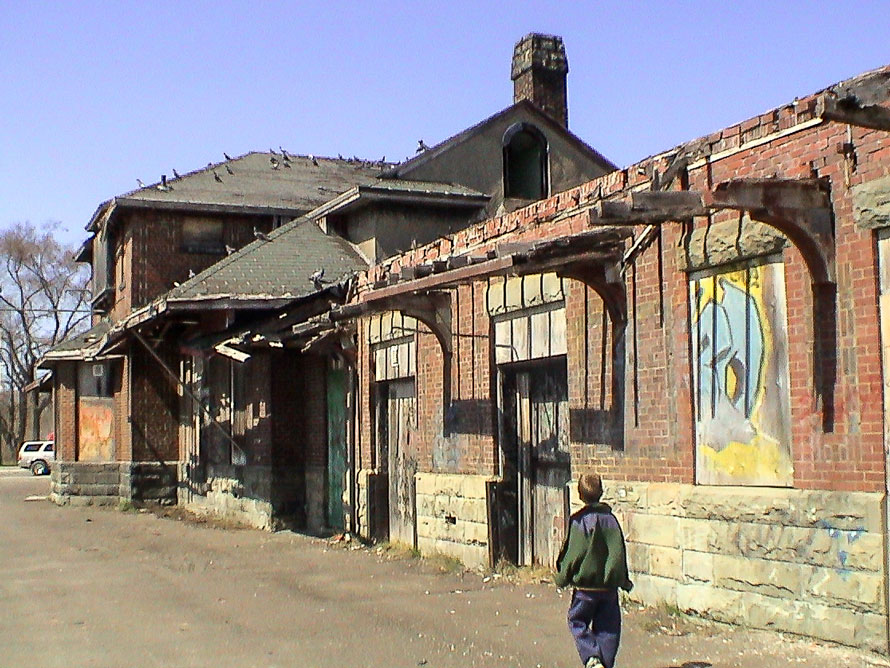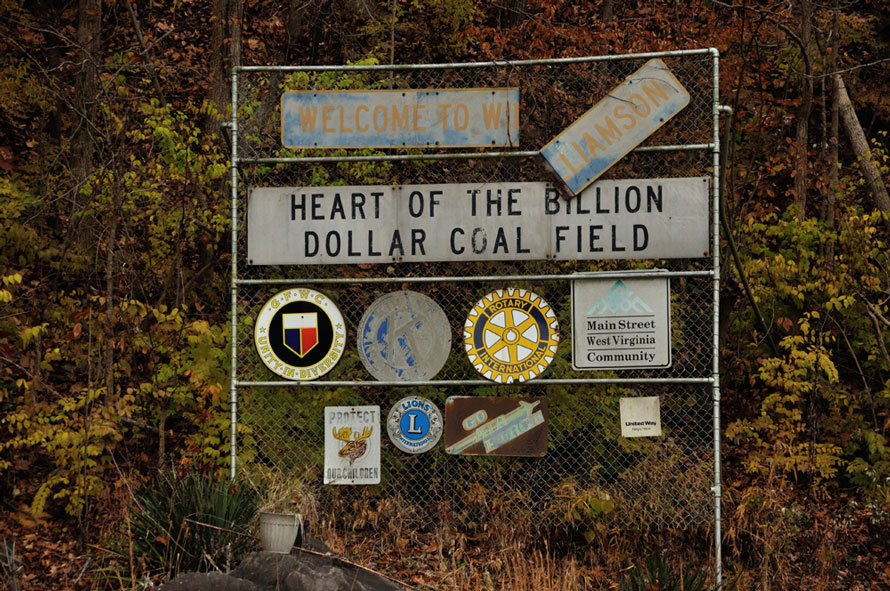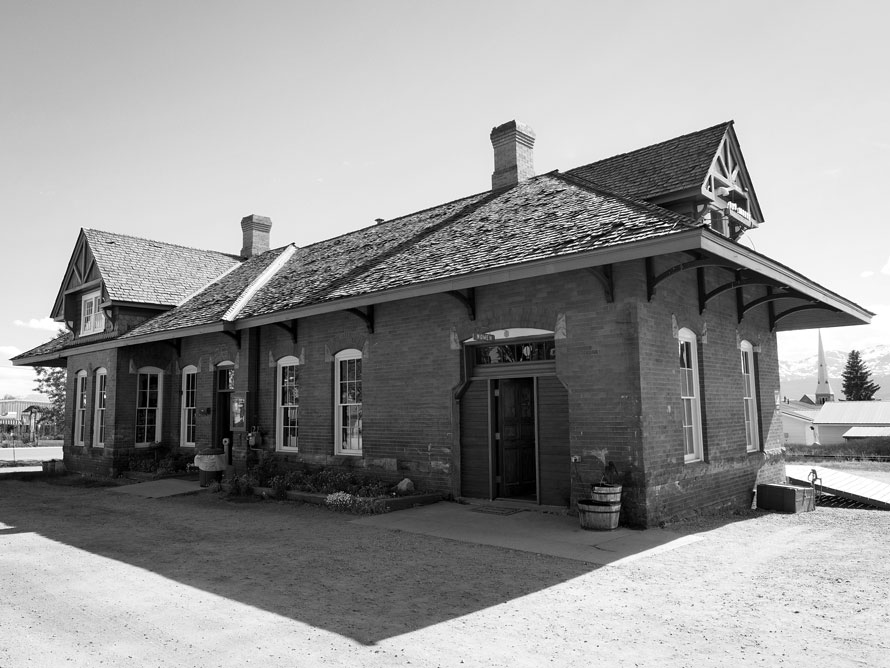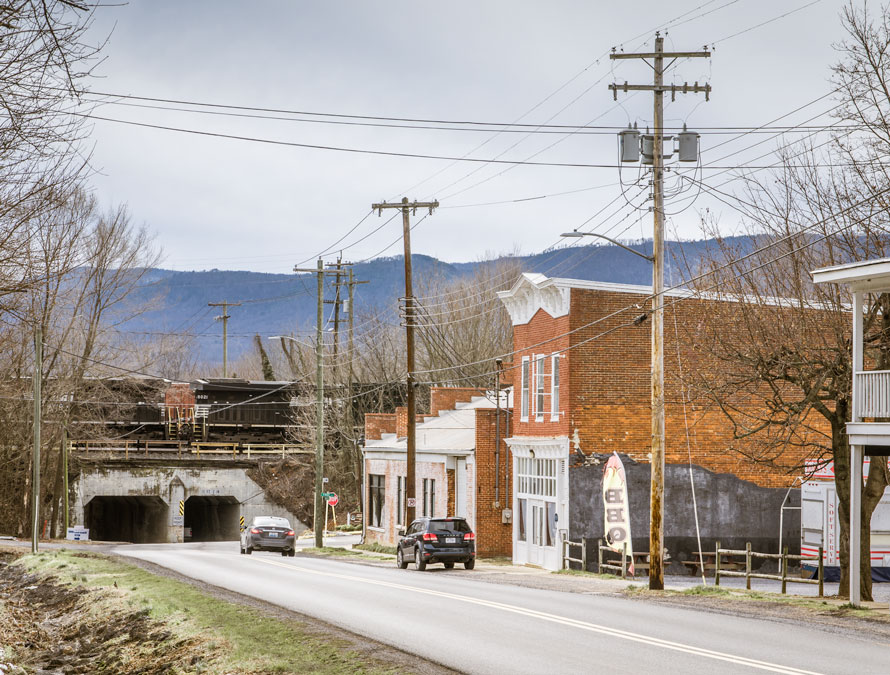One day you are making dinner in the afternoon and see a headlight on the bridge, that headlight you waited so patiently for as a kid.
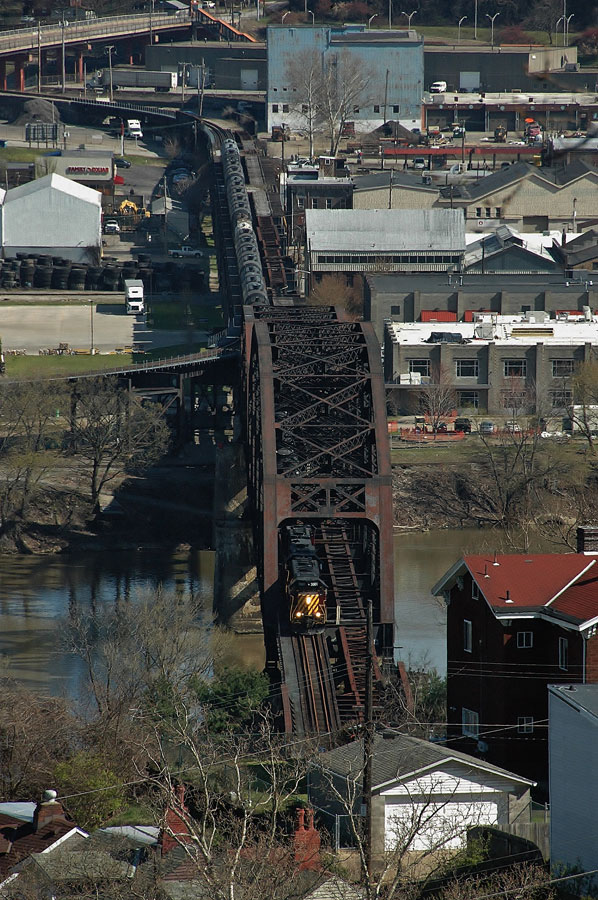
Go back to the days when you were ten or eleven and the phone rings at home. Grandma needs you to get something from the pharmacy. She sends you there a couple of times a week for various and sundry goods, so you jump on your bike (a twenty-six incher—big time stuff there) and head to her house to get the money. Then off you go down the back road, not because it’s the most direct route, no because it runs along the edge of the hill and from there you can check out the B&O and their big bridge over the Allegheny River. The line is the Pittsburgh and Western (P&W) sub that runs from Glenwood yard west towards Ohio or (if they take a right at the wye in Eidenau) Buffalo.
